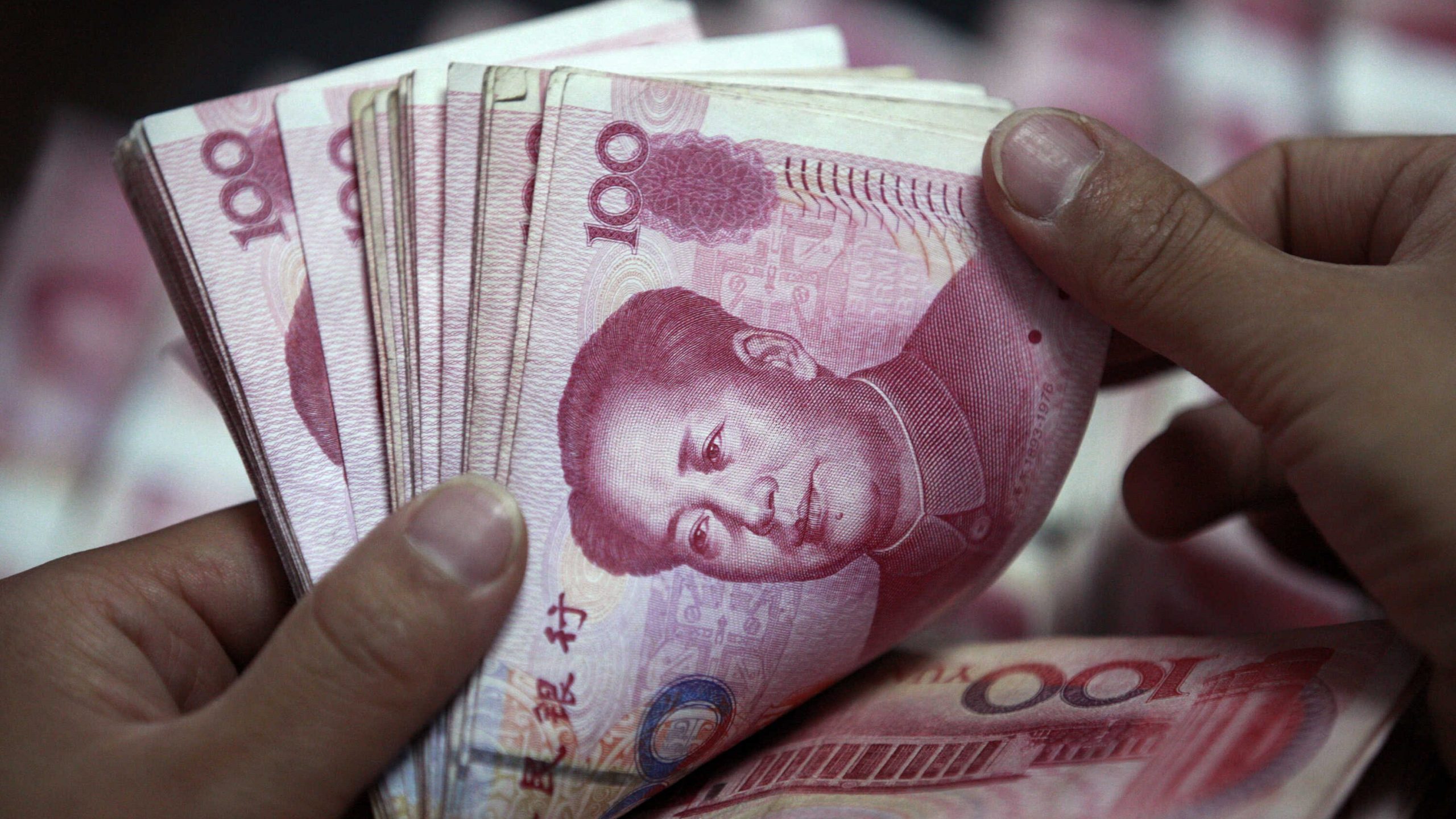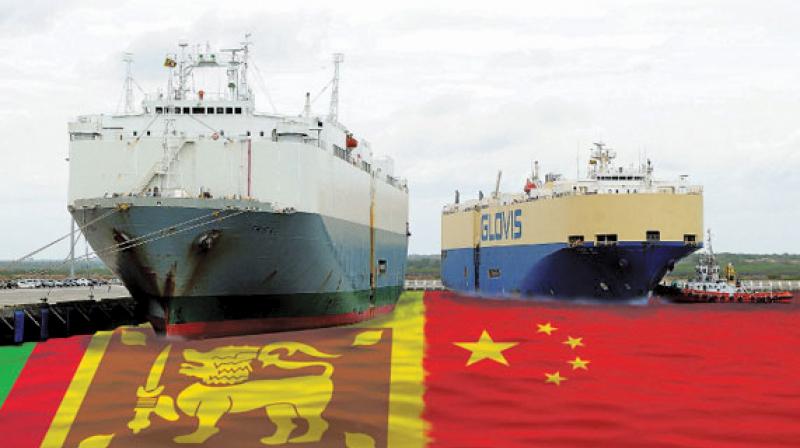
The Central Bank of Sri Lanka (CBSL) and the People’s Bank of China (PBoC) have entered into a bilateral currency swap agreement worth US$ 1.5 billion. CBSL says that the agreement was finalised in order to promote bilateral trade and direct investment for economic development of the two countries, and to be used for other purposes agreed upon by both parties.
China remains Sri Lanka’s largest source of imports. In 2020, imports from China amounted to US$ 3.6 billion which is about 22.3% of Sri Lanka’s total imports.
This Swap agreement has been approved by the Cabinet of Ministers of Sri Lanka with the recommendation of the Monetary Board of CBSL. Governors of the two Central Banks, Deshamanya Professor W D Lakshman of CBSL and Dr. Yi Gang, Governor of PBOC, are the signatories to the agreement.
Under this agreement, CBSL is entitled for a swap facility amounting to CNY 10 billion (approximately US$ 1.5 billion). The agreement is valid for a period of three 3 years.
A currency swap is an agreement to exchange currency between two foreign parties. The agreement consists of swapping principal and interest payments on a loan made in one currency for principal and interest payments of a loan of equal value in another currency. One party borrows currency from a second party as it simultaneously lends another currency to that party.
The purpose of engaging in a currency swap is usually to procure loans in foreign currency at more favorable interest rates than if borrowing directly in a foreign market.
In this case, China will lend currency equivalent to US$ 1.5 billion to Sri Lanka. China has so far signed similar currency swap deals with 37 countries.
The agreement comes when there are allegations that China is forcing countries to maintain reserves of Renminbi (Chinese currency) in order to indulge in trade. Financial experts have criticized China for the same which they say is the Communist country’s bid to attain “economic hegemony”.
Sri Lank to be debt-trapped?

Many Sri Lankans have expressed fear of the island nation becoming trapped in China’s debt trap due to the agreement. Given the economy of Sri Lanka, there was no way it could exchange this kind of currency with China from whom it mostly imports and will end up in debt for generations, say experts.
Loan given to the Sri Lankan government by the Exim Bank of China to build Magampura Mahinda Rajapaksa Port and Mattala Rajapaksa International Airport are examples of debt-trap diplomacy. The state-owned Chinese firms China Harbour Engineering Company and Sinohydro Corporation were hired to build Magampura Port for US$361 million, which was 85% funded by Exim Bank of China at an annual interest rate of 6.3%.
Due to Sri Lanka’s inability to service the debt on the port, it was leased to the Chinese state-owned China Merchants Port Holdings Company Limited on a 99-year lease in 2017. India, United States and Japan have expressed concern that the port might be used as a Chinese naval base to contain China’s geopolitical rivals.
Other concerns included that the Chinese government might “repossess” the projects financed by Chinese loans. Financing of a number of infrastructure projects, the portion of Sri Lankan foreign debt owned by the Chinese has increased drastically during the last decade or so. From 2008 to 2012, approximately 60 percent of foreign borrowing has come from China.
“Since Sri Lankans live beyond their means and indulge in everything imported, this will mean we will draw on the Swap, the SLR TO $ exchange rate will increase and we will be more in debt to China. Yes we have stupid politicians…….“, commented Sumudhu Peris, a user on social media after the deal was signed.
“22.3% of Sri Lanka’s imports are from China. How much we export to China? I wonder whether this deal is a fixed-for-fixed currency swap or a fixed-for-floating swap. Whatever is, do we have any choice?“, wrote another user from Lanka.
“Well and truly a colony of China now. God help us all“, wrote another user Umar Perera showing the desperation over the deal made by the SL’s govt. “Debt trap on it’s full swing. What are we selling next?“, wrote another user.
